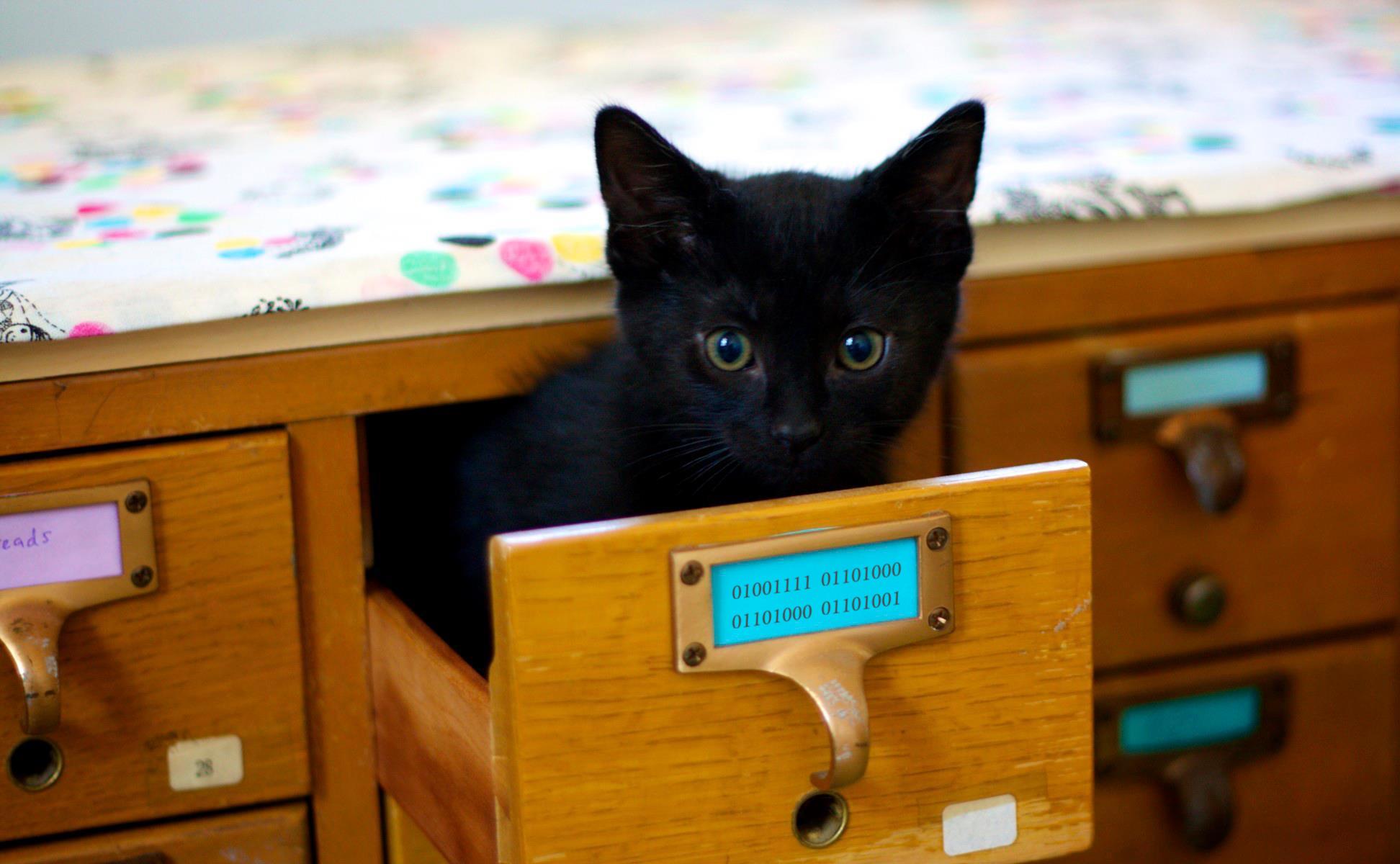One of my friends recently shared a short creative non-fiction piece, written by ThoughtCatalog member Jeremy Glass, that reminded me both of our discussions in the Digital Humanities course and the reading that we’ve been asked to do for this Monday, Joseph Farman’s “The Myth of the Disconnected Life.”
The ThoughtCatalog post, titled “We Can’t Get Lost Anymore,” dramatizes a recurring idea that technology has changed the way that we interact with one another and the world around us in a negative way: we can no longer be spontaneous, the narrator argues, because we are worried about damaging our phones or have them to search business reviews; we can never “get lost”–literally or figuratively–because our devices keep us connected to a wealth of information, including maps of where we happen to be.
The piece, a collection of snapshots between the narrator’s past and present, implicitly elevates the past experiences, in which “the only mobile phone is attached to [his] father’s car, which is parked god knows where” instead of being in his pocket. The piece evokes a Transcendentalist mindset for interpreting one’s environment on his or her own terms and (supposedly) without filter. It is, after all, a technological ‘middle-man’ of sorts that forces a wall between the narrator and his [apparently more enlightened] girlfriend in the final scene. He insinuates that to disconnect would be to connect with her, who is frustrated with the presence of a third voice (the GPS) in the car.
My immediate response to the piece was one of identification. I rarely don’t know exactly where I’m going when I walk around my home city of New York; while part of this assurance stems from my familiarity with the streets after a little over twenty years, it also exists because I’ve already looked up what side of the street my destination is on. And when I travel, I will rarely just wander in favor of charting out what I should do; in fact, I am extremely cognizant of how I might look if I didn’t know exactly where I was going (I should just be able to look it up, right?).
But if I am conscious of my appearance to others, I am just as conscious that I’m somehow crippling my experience of a new place by filtering that experience through those of others. Am I ever really seeing somewhere through my own eyes and not first through someone else’s? Joseph Farman tackles this issue when he defines what it is for a place to have “meaning” in his article: to him, a place’s meaning is “found in the practice of a place, in the everyday ways we interact with it and describe it.” Besides deconstructing the idea from Glass’s piece that technology mediating our experience with the world is anything new, Farman reminds his readers that social media, etc. creates the meaning of a place; he sees it as a record of the relationship between it and the people who visit it. Farman mentions apps like Broadcastr and one from the Museum of London that, he says, offer the “deeper context” of a place and “connect [its] innumerable narratives.” For him, the wealth of available information about a place doesn’t destroy our experience of it, but rather enhances it. I wholeheartedly agree–the availability of information about the history of a certain apartment building or intersection in the city satisfies and continually prompts my curiosity. Historical context, rather than overwriting my experience of a place, sits alongside it as a comment on the original file. And, for that matter, I would prefer to have a little help finding and eating at the cheap gem of a seafood restaurant that Glass’s narrator finds on Yelp, rather than eating at the DairyQueen that he stumbles upon with his high school friend.
As Farman explains how technology can enhance connections between people over time and distance, however, he does not refute the second point that Glass’s piece raises: that this information, while making an individual experience more collective, is a barrier to another kind of collective experience–an experience with and of the people right in front of you. I have certainly felt pretty guilty for refreshing my Twitter feed during a lull in conversation with family or friends.
Then I think back to the other night, when there was a scheduled power outage that left my apartment pitch-black for about an hour (the horror, I know). For this short time, I was not even a little disconnected: my phone still had 4G-LTE coverage, and I could have even tethered it with my laptop and its 8-hour battery if I had really wanted to. Anyway, I was sitting at my desk on my phone, waiting both for the lights to come back on and for one of my friends to come over and have a glass of wine, when she called me. When I told her the lights were out right now and that she should come over a little later, she offered ‘well, why not come over here instead?” I agreed with [only a] little pestering–after all, why sit in the dark? So, did a lack of electricity impel me to get up and away from my desk a little earlier and to go connect with someone else face to face? Maybe. But I had made those plans anyway.




